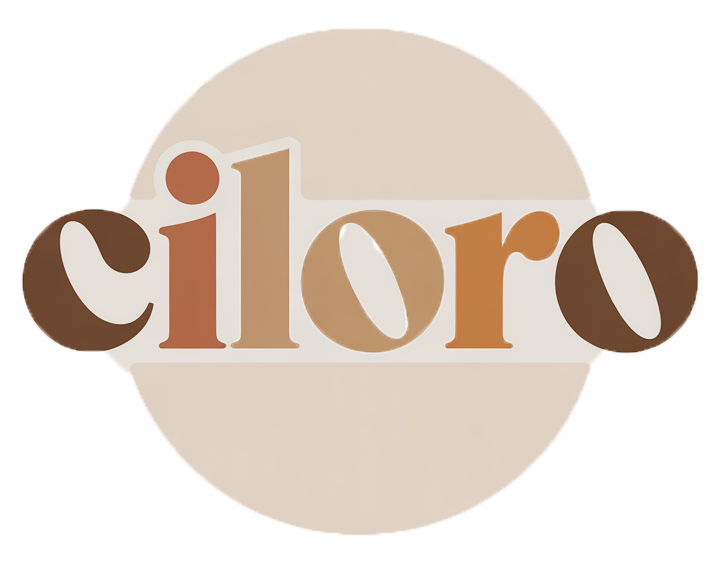Create a Stunning Showpiece on a Budget for Your Home
A showpiece is a central element in home decor that draws attention and enhances the overall aesthetic of a space. It can be anything from a striking piece of art to a uniquely designed furniture item. The importance of having a focal point in home decor cannot be overstated; it creates a sense of harmony and can elevate the entire room. Moreover, decorating on a budget is increasingly relevant as many seek to personalize their spaces without overspending. In this guide, we will explore how to create a stunning showpiece for your home while being mindful of your finances.
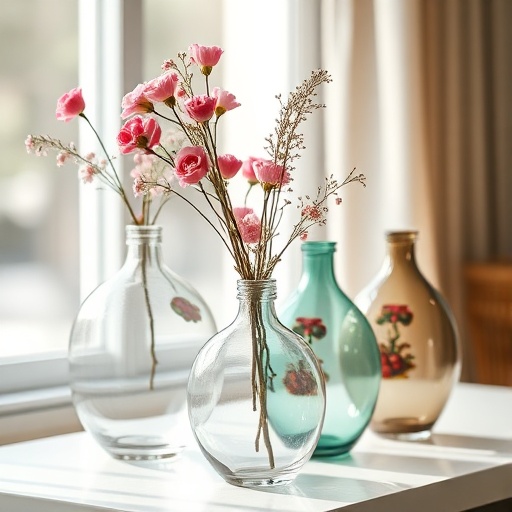
We will cover essential topics including understanding your space, setting a budget, choosing the right showpiece, and crafting your own designs. By the end of this article, you will have the tools and inspiration needed to create a beautiful focal point that reflects your personal style.
Understanding Your Space
Assessing Your Room

Before diving into the design process, it's crucial to assess your room. Here are some key points to consider:
- Measure Dimensions: Take accurate measurements of your room to understand the available space.
- Identify Existing Decor: Note the colors, styles, and elements already present to ensure cohesion.
- Note Lighting Conditions: Consider how natural and artificial light affects your space throughout the day.
Defining Your Style
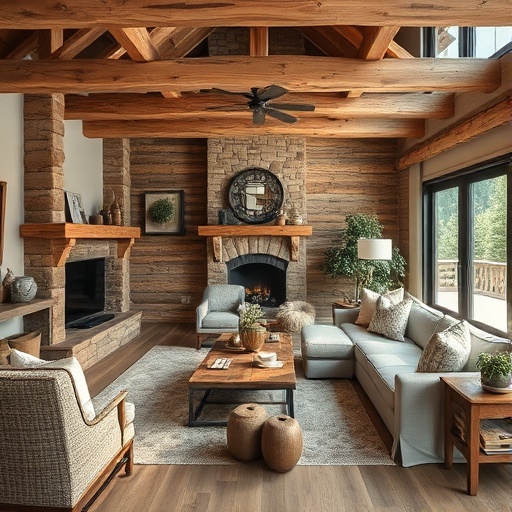
Choosing a decor style that resonates with you is vital for creating a cohesive look. Explore different styles, such as:
- Modern: Characterized by clean lines and minimalistic designs.
- Rustic: Emphasizes natural materials and a warm, inviting atmosphere.
- Eclectic: Combines various styles and elements for a unique and personal touch.
Once you have explored these styles, select one that speaks to you and aligns with the purpose of the room.
Setting a Budget
Determining Your Budget Range

Establishing a realistic budget is essential for successful decorating. Consider your financial situation and determine how much you can comfortably allocate for your showpiece.
Allocating Funds for Different Elements
Decide how much to spend on various components of your project. Here are some categories to think about:
- Materials: The cost of wood, paint, fabric, etc.
- Tools: Any tools needed for DIY projects.
- Accessories: Complementary items that enhance your showpiece.
Choosing the Right Showpiece
Types of Showpieces
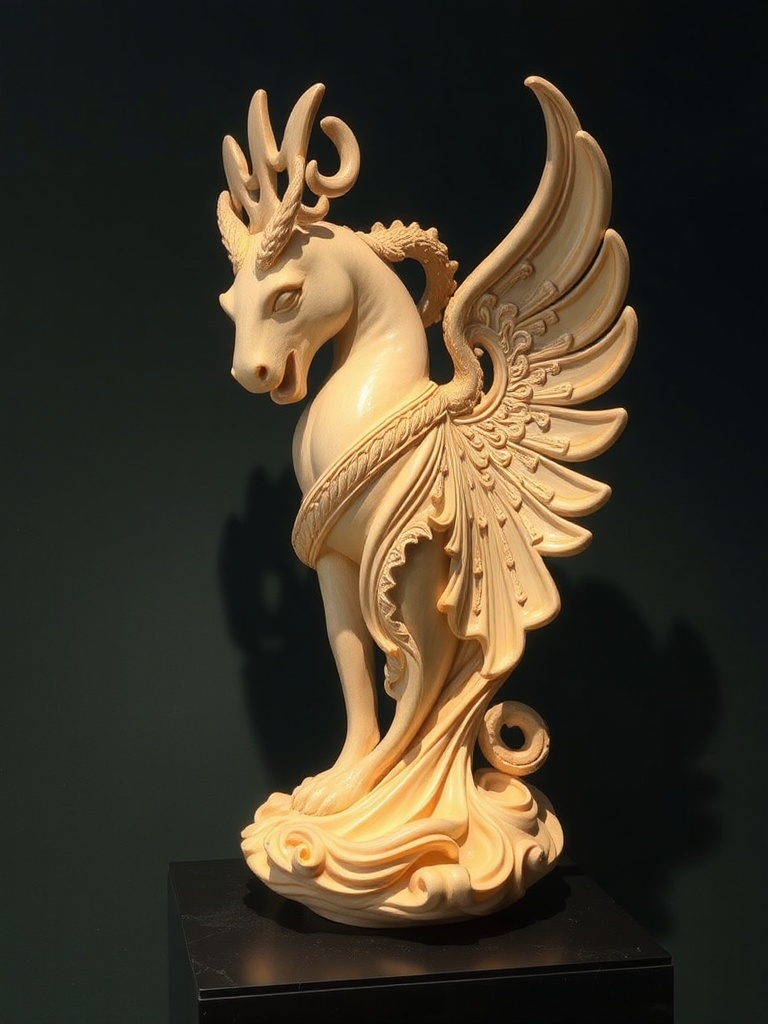
There are numerous options for showpieces that can serve as a focal point in your decor. Some popular choices include:
- Sculptures: Three-dimensional art pieces that add depth.
- Wall Art: Paintings, prints, or mixed media that can transform a wall.
- Vases: Unique containers that can hold flowers or stand alone as art.
- Statement Furniture: A bold chair or table that draws the eye.
Selecting a Theme or Concept
Align your chosen showpiece with the room's purpose and existing decor. Consider how it complements the overall theme and enhances the space.
DIY vs. Store-Bought
Advantages of DIY Projects
Engaging in DIY projects offers several benefits, such as:
- Personalization: Tailor the piece to your specific tastes and preferences.
- Cost-Effectiveness: Often cheaper than purchasing ready-made items.
- Creative Expression: An opportunity to express your individuality through design.
Finding Affordable Store-Bought Options
If DIY is not your preference, consider these tips for finding budget-friendly store-bought options:
- Explore thrift stores for unique finds.
- Check clearance sections for discounts.
- Browse online marketplaces for affordable decor.
Sourcing Materials
Budget-Friendly Material Options
When sourcing materials, look for affordable options such as:
- Wood: Reclaimed wood can be both stylish and cost-effective.
- Fabric: Look for remnants or discount fabrics for upholstery projects.
- Paint: Often, a fresh coat of paint can rejuvenate an old item.
- Repurposed Items: Consider upcycling items you already own.
Where to Shop for Materials
Some great places to shop for materials include:
- Local craft stores for supplies.
- Discount shops for affordable materials.
- Online retailers for a wider selection.
Planning Your Showpiece
Sketching Your Ideas
Before starting your project, sketching your ideas can be incredibly helpful. Visualizing the design allows you to refine your concept and make adjustments before execution.
Creating a Timeline
Set realistic deadlines for gathering materials and completing your project. A well-structured timeline can help keep you organized and motivated.
Crafting Your Showpiece
Essential Tools for DIY Projects
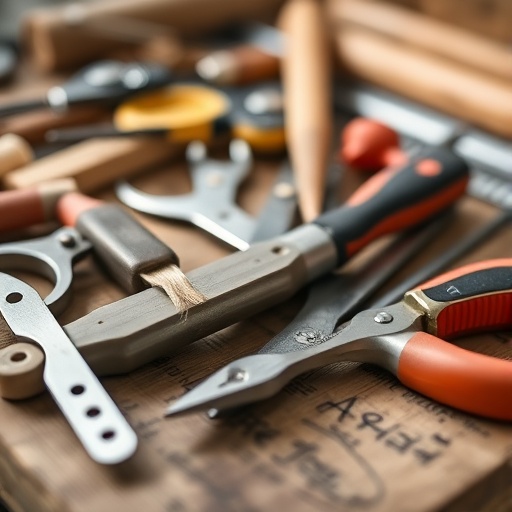
Gathering the right tools is crucial for a successful DIY project. Basic tools you may need include:
- Paintbrushes for applying paint.
- A glue gun for assembling pieces.
- Scissors for cutting fabric or paper.
- A saw for wood projects.
Step-by-Step Instructions for Popular DIY Projects
Here are detailed instructions for three specific DIY projects:
- Painted Canvas Art:
- Gather a blank canvas, paint, and brushes.
- Sketch your design lightly on the canvas.
- Fill in the design with paint, allowing layers to dry.
- Upcycled Furniture:
- Select an old piece of furniture.
- Sand it down to remove old finishes.
- Apply a new coat of paint or stain.
- Decorative Vases:
- Choose glass or ceramic vases.
- Use paint or decoupage to decorate.
- Add embellishments like twine or beads for flair.
Styling Your Showpiece
Placement Tips
For maximum visibility and impact, consider the following placement tips:
- Position your showpiece at eye level for optimal viewing.
- Ensure it is in a well-lit area to highlight its features.
- Avoid overcrowding the space to maintain focus on the showpiece.
Complementing Your Showpiece with Accessories
Use complementary items to enhance your showpiece. Consider adding:
- Plants for a touch of nature.
- Lighting to create ambiance.
- Textiles like throws or cushions that match the color scheme.
Maintenance and Care
Keeping Your Showpiece in Good Condition
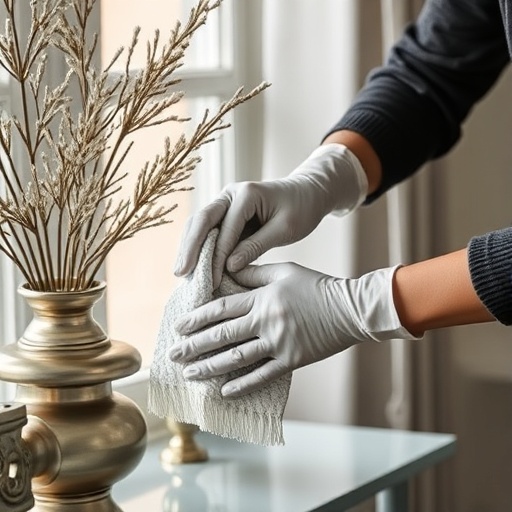
To ensure longevity, follow these maintenance tips:
- Regularly clean the showpiece according to its material.
- Make repairs promptly to avoid further damage.
- Store items properly when not in use to prevent wear.
Refreshing the Look Over Time
To keep your decor looking fresh, consider these ideas for seasonal updates:
- Change out accessories to reflect the season.
- Rearrange items for a new perspective.
- Incorporate new colors or textures as trends change.
Conclusion
Creating a stunning showpiece on a budget is not only achievable but can also be a fulfilling project. By understanding your space, setting a budget, and engaging in DIY projects, you can unleash your creativity and personalize your home decor. Remember, your home should reflect your individuality, and each piece you choose contributes to that unique narrative.
Recap
In summary, the process of designing a showpiece involves careful planning, budgeting, and creativity. Embrace the journey of decorating, and allow your home to be a canvas for your personal style.
Key Takeaways
- Define your space and style before starting your project.
- Set a realistic budget and allocate funds wisely.
- Consider both DIY and store-bought options for showpieces.
- Maintain and refresh your decor regularly to keep it vibrant.
FAQ
What is a showpiece in home decor?
A showpiece is a central decorative element that serves as a focal point in a room, enhancing its overall aesthetic.
How can I create a showpiece on a budget?
By sourcing affordable materials, considering DIY options, and setting a clear budget, you can create a stunning showpiece without overspending.
What are some popular types of showpieces?
Popular showpieces include sculptures, wall art, decorative vases, and statement furniture.
Where can I find affordable materials for DIY projects?
Local craft stores, thrift shops, discount retailers, and online marketplaces are great places to find budget-friendly materials.
How do I maintain my showpiece?
Regular cleaning, timely repairs, and proper storage are essential for keeping your showpiece in good condition.
